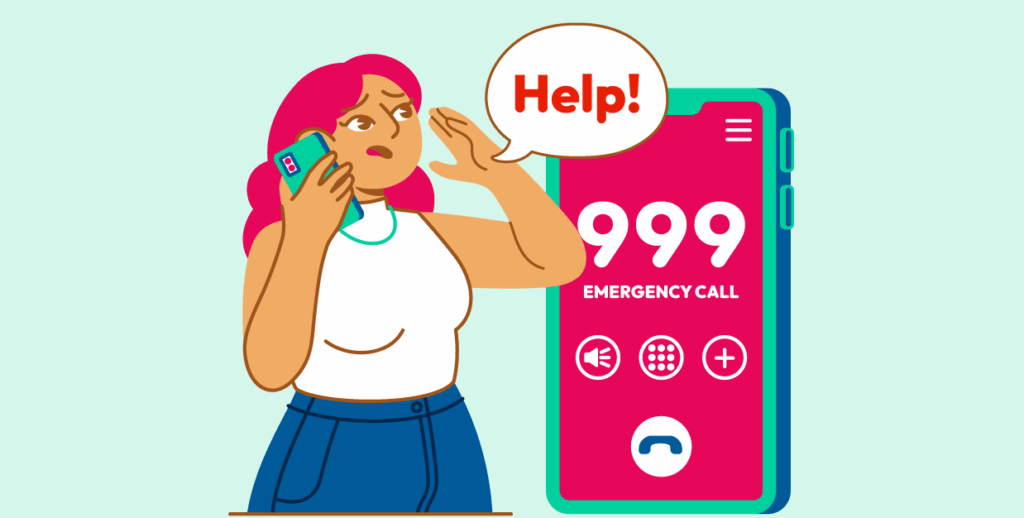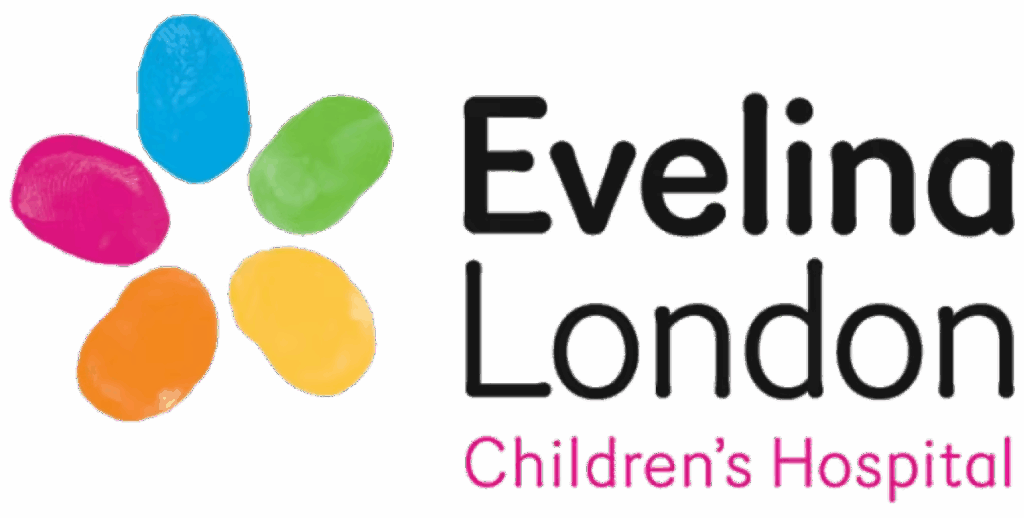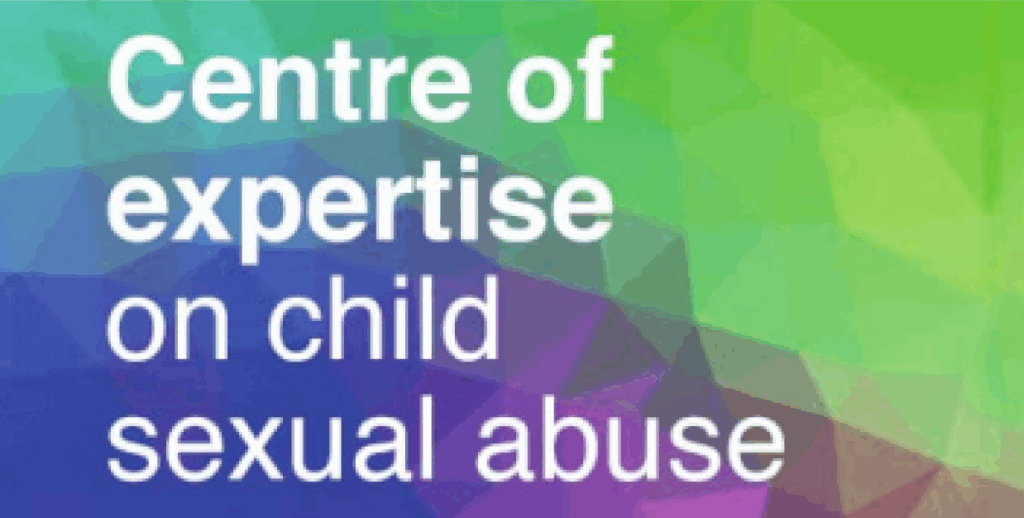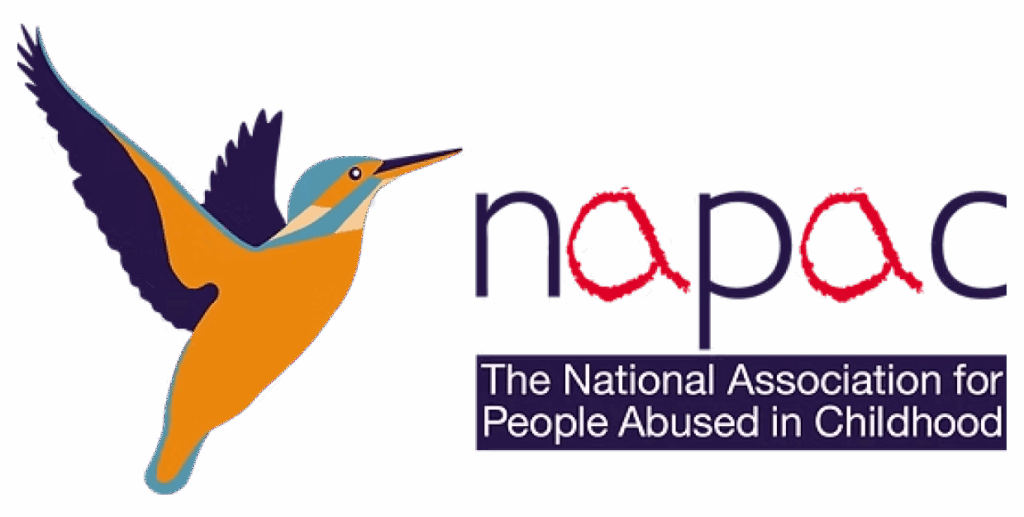Child Sexual Abuse
Contact abuse
- sexual touching of any part of the body, whether the child is wearing clothes or not
- forcing or encouraging a child to take part in sexual activity
- making a child take their clothes off or touch someone else's genitals
- rape or penetration by putting an object or body part inside a child's mouth, vagina or anus.
Non-contact abuse
- flashing at a child
- encouraging/forcing a child to watch or hear sexual acts
- not taking proper measures to prevent a child being exposed to sexual activities by others
- making a child masturbate
- persuading a child to make, view or distribute child abuse images (such as performing sexual acts over the internet, sexting or showing pornography to a child)
- making, viewing or distributing child abuse images, or allowing someone else to do so
The Impact of Child Sexual Abuse
Experiencing sexual abuse can have a long-lasting negative impact on a child’s wellbeing that can reach into adulthood. Effects can include:
- mental health issues – such as post-traumatic stress disorder (PTSD), anxiety and depression
- challenging behaviour – such as substance misuse, sexualised behaviour, offending
- relationship problems – for example intimacy issues, having unstable relationships
- being vulnerable to further sexual abuse or other types of abuse
Identifying Child Sexual Abuse
Glinski, 2021
Physical Indicators
- bruising
- bleeding
- discharge
- pain or soreness in the genital or anal area
- sexually transmitted infections (Lindon and Webb, 2016)
- herpes
- pregnancy at a young age
Emotional and behavioural Indicators
- being afraid of and/or avoiding a particular person (including a family member or friend)
- having nightmares or bed-wetting
- being withdrawn
- alluding to ‘secrets’
- self-harming
- running away from home
- developing eating problems
- displaying sexualised behaviour or having sexual knowledge that’s inappropriate for stage of development
- misusing drugs or alcohol (Lindon and Webb, 2016).
Who sexually abuses children?
It is estimated that 90% of sexually abused children were abused by someone they knew – including family members, family friends and adults in a position of trust (Radford, 2011). Child sexual abuse is committed by men, women, teenagers and other children. Offenders come from all parts of society and all backgrounds. They often seem ‘normal’ to others and, in many cases, their friends, relatives and co-workers find it hard to believe that they have abused a child. The latest data from the Centre of Expertise on Child Sexual Abuse shows that 98% of convictions for child sexual abuse (CSA) offences were of men; 2% of convictions were of women. 70% of those prosecuted were of a white ethnic background and 9% of those prosecuted for a CSA offence were of a black and minority ethnic background. 21% did not state an ethnicity.
Perpetrators of child sexual abuse may look for weak spots in a family, community or organisation so they can gain unsupervised access to children. They often plan the abuse in advance and start grooming the child, the child’s family and the child’s environment. The victim may believe they have a sincere or loving relationship with their abuser and their family and friends may trust and respect the abuser.
Research suggests that child sexual abuse can be carried out in different ways.
- An older abuser has some kind of power over the child. This could be physical, emotional or financial.
- The “boyfriend” model involves the abuser grooming the child by exchanging gifts and other normal dating activities. The child may think they are in a conventional relationship.
- Organised exploitation and trafficking where children are abused by more than one adult as part of a network. The child may be forced or manipulated into taking part in sexual acts with other people. Organised exploitation may involve the movement of victims into and across the country, as well as exchanging images of child abuse (Dagon, 2012; Pemberton, 2011).
Responding - learning from reviews
It is essential that professionals actively identify indicators and act on their concerns about child sexual abuse – including when a child has not disclosed any abuse. Most sexual abuse isn’t reported, detected or prosecuted. This may be because adults in the child’s life do not recognise the signs that they are being abused, the child may not understand that what’s happening to them is abuse, or may be too afraid to speak out.
Act on any concerns or suspicions. Take serious any concerns raised by the child’s friends, family, or professional network. A review recently conducted by the LSCP of agency responses to a girl who was being abused by her mother’s partner, highlighted how there was a missed opportunity to more seriously explore worries her friends shared with their teacher. In their referral, professionals’ descriptions used vague language to describe “advances” and”inappropriate suggestions”, rather than more directly explaining what the girls’ friends were worried about. Making referrals about sexual abuse can be more challenging for professionals who may feel uncomfortable using direct language to describe specific concerns. Avoid vague descriptions, instead focus on clear, factual language.
Follow your standard safeguarding procedures. Call 999 in an emergency. And refer your concerns to Lambeth’s Integrated Referral Hub without delay.
When in doubt, and when we have remaining concerns after referral and discussing with other professionals, we need to test our hypotheses, share information and seek a range of professional and expert voices. Discuss with your manager, escalate your concerns and call a professionals meeting; open, professional challenge is an important way of exploring complex and perplexing situations. Use the links below to support you.
Support and Resources

In an emergency

Emotional wellbeing support
Barnardo’s TIGER service offers free emotional wellbeing support for children and their siblings where there has been a disclosure of sexual abuse or assault, or where a professional believes sexual abuse is likely.

Make a safeguarding referral for support

Paediatrics (community) referrals

Important Practice Guidance

Resources for professionals

